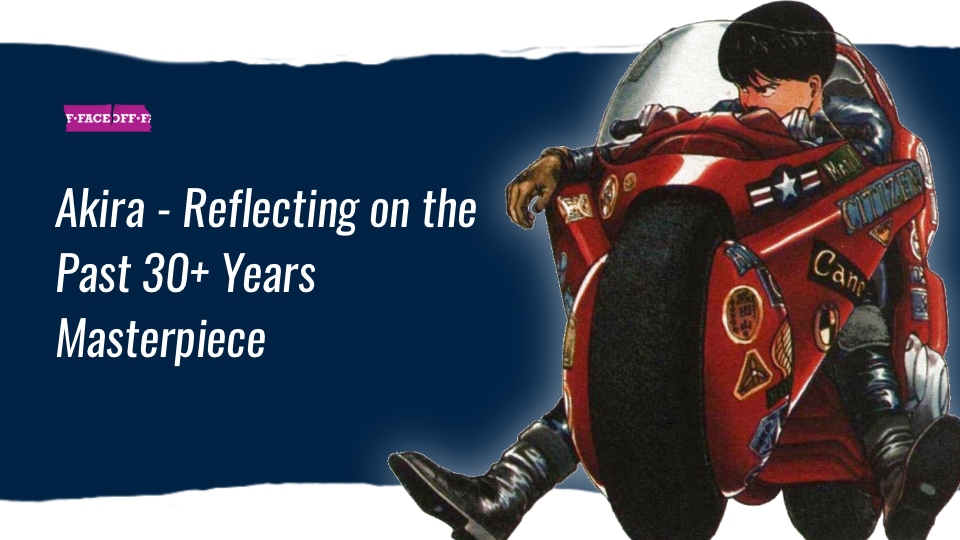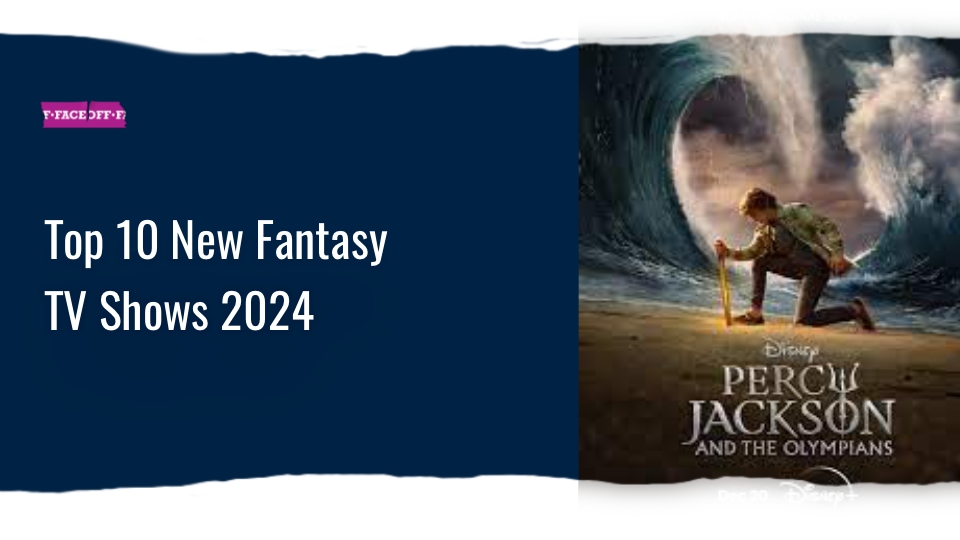Somewhere in the early nineties, while in high school, a friend brought a VHS tape from the UK with the red “Akira” logo and firmly stated that we must see it. We sat together in his room in front of the small screen and I remember from the moment we pressed PLAY and for two hours my mind just flew. I’m not sure I even understood what I did the first time I saw it, but I was convinced that I had never seen anything like this before or that I thought something like this could be done in animation. From that moment on, I just wanted to know if there were any more movies out there like “Akira”, in my view it’s the best cyberpunk movie ever made!.
In the three decades that have passed since that first time, I have watched “Akira” quite a few more times and other anime films, but “Akira” remains at the top of the pyramid, I’m sure because of that initial and revolutionary experience. “Akira” is still a singular experience:
For the benefit of those who don’t know, the movie “Akira” is based on an apocalypse manga (Japanese comic) of the same name written and illustrated by Katsuhiro Otomo, which began running in a weekly magazine in 1982. In its final form, the manga spread over 6 thick volumes containing more than 2300 pages. When the idea came up to direct a film, Otomo insisted on keeping control of the project, so that the adaptation would be faithful to his vision and was given control as a director. Thus, even though the manga itself did not reach the end of the story, the production of the most expensive animated film in the history of Japan (at the time) started. Several different studios pooled their resources for the “Akira Committee”, which received a budget of over 8 million dollars.
One of the things that made the production of this huge epic possible was the period itself – Japan in the late 1980s was an economic powerhouse at its peak with a thriving middle class. This abundance created, among other things, what is considered the “Golden Age” of anime, when creators were granted artistic freedom that allowed them to release more personal, bolder, and less genre-fixed films – such as “Grave of the Fireflies” or “My Magical Neighbor Totoro”. Professional animators with almost 3 decades of experience in animation were already found in the studios themselves, who were just looking for the right place to express their abilities.
The Groundbreaking Animation Techniques of Akira: Hand-Drawn Masterpiece with 24 Frames per Second
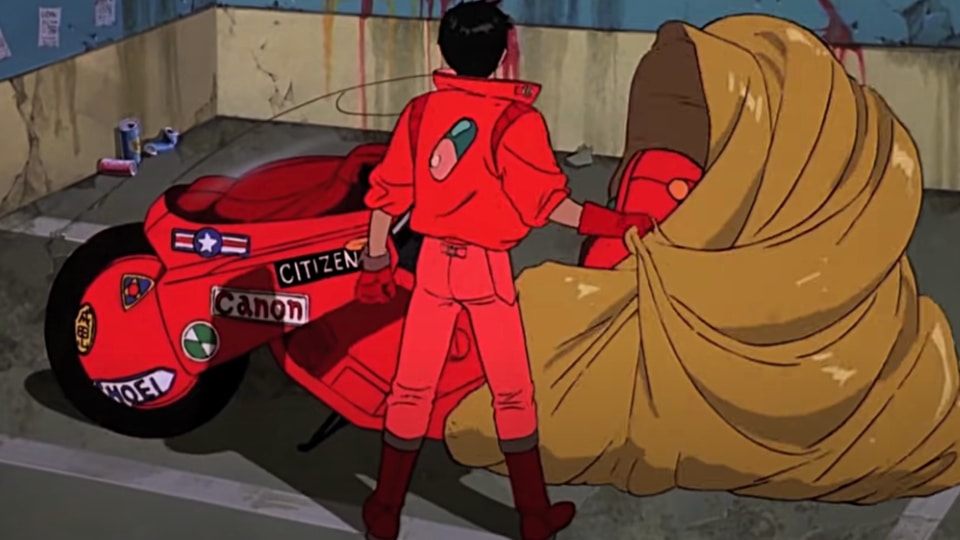
“Akira” was two hours of innovative animation in all respects: unlike animated productions that were common in Japan, the dialogues were recorded before the animation to match the movements of the lips, and computer animation was initially used in a small part of the film, but the illustrations themselves were of enormous size – the film used a huge number of Over 160,000 manual drawings (about 3 times the usual volume in the industry) with 327 different shades of color – an amazing record for that time. Beyond that, the entire film is made at 24 frames per second!
For those who do not understand the importance of the number of frames, I will explain that films are usually shot at a rate of 24 frames per second. This rhythm allows the eye to transform individual moving images into smooth motion. Due to the amount of work required, most animated films use a rate of 12 frames per second, and in fact, each image must be “doubled” to reach 24 frames per second. The insistence on the double number of frames in “Akira” moves the film “smooth” and emphasizes the wealth of details, even in what is happening in the background and not necessarily in the center of the picture. Three decades after it was made, “Akira” is still the only hand-animated film made in this way. In the following link, you can see countless graphic designs, illustrations, and original “tests” made by the animators in 1988. “Amazing” is the understatement of an understatement.
Harnessing Uniqueness: The Music of Akira Enhances the Film’s, Spiritual Journey
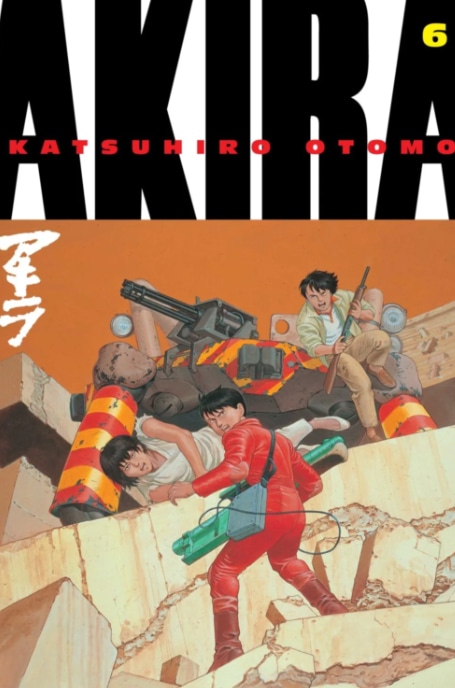
The film’s music also stands out in its uniqueness. Composer Tsutomo Ohashi created an original soundtrack recorded over six months, consisting of a combination of ambient electronic music, a human choir, and traditional Japanese instruments, along with effects simulating engine noise and a human heartbeat. The created music envelops and brings the viewer even more into what is happening on the screen and is also built as a kind of circular piece that reflects the spiritual journey that Kanada and Tetsuo go through.
As mentioned, Otomo was far from finishing the manga in its written version and therefore had difficulty writing a satisfactory ending that would fit both the film itself and the things he planned for the written version. Eventually, he found a suitable script that spanned two hours alone. He finished the manga two years after the movie came out, in 1990, when he admits that working at the same time on the movie improved the artistic vision of the manga itself.
In the end, the film is a sort of summary of the manga, containing most of the first and last books, with the background story and some of the supporting characters described in books 3 to 5 “swept” out of the film. This is one of the main reasons for re-watching the film – there is a feeling that not all the plot lines are described in full and hence there is a lack of important information. Despite all this, the manga and the film stand as two separate but complementary works.
From Box Office Flop to Cult Classic: How Akira Became a Western Sensation
The film was released in 1988 in Japan, but the revenues at the box office could not cover the huge budget and only reached about 5 million dollars. The cultural phenomenon that “Akira” became only happened when the film reached distribution in the US. After the “priests of the genre”, Spielberg and Lucas, saw the film, they decided that there was no chance of successful commercial distribution to a Western audience. A completely insignificant distribution company acquired the rights and with the help of midnight screenings in theaters turned the film into a cultural phenomenon. In 1991, when “Akira” was released on VHS tapes, it had already become a crazy sensation with total revenues reaching over 80 million dollars.
His success in video distribution was the basis for the founding of Manga Entertainment, which later distributed and revealed other films to the Western audience such as Ghost in the Shell, Ninja Scroll, Battle Alita, and more, helping them also become successes outside of Japan and was an important part of establishing The popularity of the anime and manga genre.
Exploring the Dystopian World of Akira: A Complex Plot and Stunning Visual Beauty
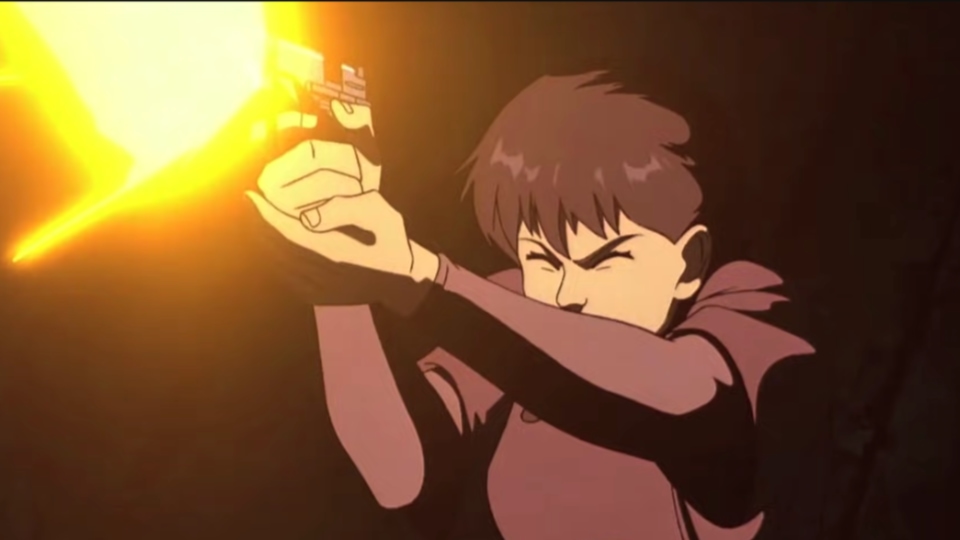
As far as the plot is concerned, “Akira” takes place in 2019, 31 years after World War III. Tokyo is a ruined city full of slums and only a small area of it has been rebuilt and is called New Tokyo. The affluent residents and the ruling class live there. The security forces are kneeling under the burden of crime and delinquency in the city, and youth gangs on motorcycles that destroy the city are a matter of routine. The leader of one of the gangs is a young man named Kaneda.
Tetsuo, a member of the gang who has been friends with Kanda since childhood, has a strange accident and is taken to an unknown place. Kanda, who doesn’t understand why his friend was taken or where, insists on investigating the matter, despite the obvious danger, and quickly discovers that maybe he would have been better off staying home and watching TV or something.
The MC is not called Akira at all. The character with the cool red motorcycle identified from the poster is called Shotaro Kanada, the arrogant and unshakable leader of a biker gang called “The Pills”, which consists of marginalized boys who have not found their place and live on the fringes of the futuristic society, while they conduct battles for control against other gangs, especially the “Clowns” gang. Another member of the gang is Tetsuo Shima, Kanada’s best friend since their childhood as orphans, who are secretly jealous of Kanada who is more successful than him.
During one of the battles against the “clowns,” a mysterious accident occurs in which Tetsuo is injured, and is rushed to treatment by the military forces that arrive on the scene. It will later become clear to Kanada and the other bikers that Tetsuo was exposed to a secret government experiment involving children with unusual powers. Now Tetsuo also displays inhuman superpowers, which he is unable to control. A mysterious figure named Akira is also associated with these forces. While trying to track down his friend, Kanada gets involved with the underground that wants to uncover the secrets the government is hiding, along with opposition forces within the government. The film raises questions about friendship and betrayal, the power of youth, the concept of the “hero”, the essence of human existence, and man’s place in the universe.
Influence and Legacy of Akira In Pop Culture

The complicated plot is ultimately only a small part of the complexity of the film, which is revealed in almost every frame, where each of these frames can be framed and hung on the wall as a small work of art. Part of the stunning visual beauty of “Akira” stems from the emphasis on elements of light and lighting that are integrated throughout, especially prominently in the almost surreal motorcycle chase at the beginning of the film.
Part of the shock created by that first viewing as a child is also due to the abundance of blood and bleeding internal organs (but drawn) that the film is lavished with very generously throughout. This is part of that artistic freedom of the “Golden Age” that I mentioned earlier, which allowed artists to create a cartoon world that is as violent (and maybe even more) than what can be created in reality. Beyond that, the “heroes” of the film are not the accepted ideal of Japanese youth – polite, well-educated, respectful of the elders, and knowing exactly where they are aiming. Kanada, Tetsuo, and their friends are the complete opposite – wild boys, without an orderly framework who feel cut off from society and despairing of a lack of a future.
In the years that have passed since its release, “Akira” has become a cinematic milestone, not only in animation or MDB, as it influences generations of creators and receives mentions in countless places in popular culture. Among the most notable are “The Matrix”, “Chronicle” by Josh Trank (especially the final confrontation between Andrew and Matt), “Looper” and certainly the first season of “Stranger Things” – “11” is actually “issue 28″\Tetsuo. The part where she breaks out of the lab and slams the guards against the walls is a clear homage to the part where Tetsuo breaks out of his room, as well as the music video for the song Stronger from 2007 by the Man and the huge ego Kanye West which copies the visuals of “Akira” exactly. I can only assume Kanye thinks he has superpowers.
A Personal Collection and Hollywood Adaptation Attempts
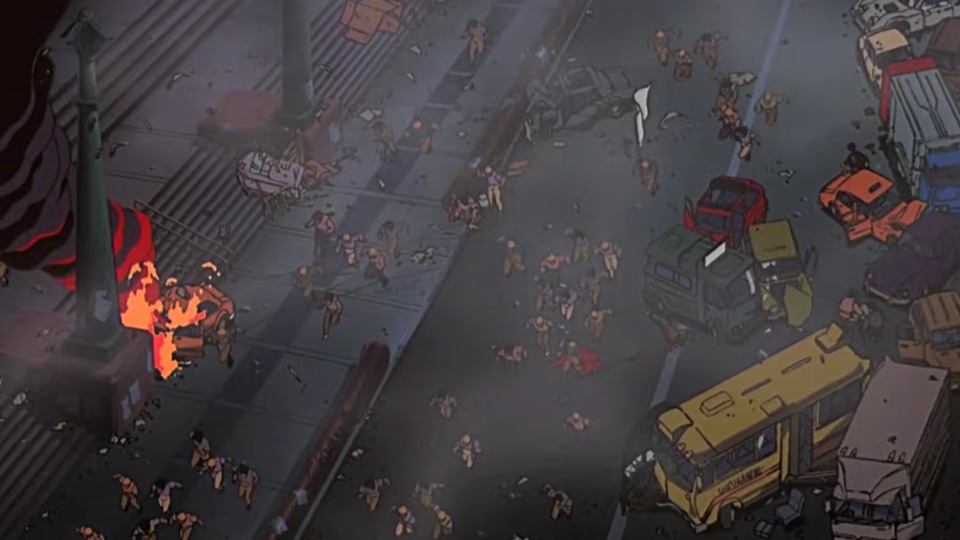
As I mentioned, I have returned to the film again and again over the years, to re-evaluate it. This meant that I would upgrade my private copy each time with a new media format. In the attached picture you can see my private “Akira collection”, where on the top left is a completely worn VHS tape from the distant nineties, on the right is a DVD copy that I purchased at the beginning of the new millennium, and below is a Blu-ray copy from the last few years that includes highly improved sound and picture. The rarer item is the original soundtrack of the film in the long and non-long Japanese versions found on the right.
In Hollywood as in Hollywood, success must be exploited. Every few months, for the last decade (and more) we hear about a Hollywood film adaptation, it started at the beginning of the millennium. “Warner” Studios acquired the rights to the film. Since then, quite a few screenwriters have been added to the project who submitted drafts and were replaced by others, and just as many directors have been offered to direct the future film. Among those directors, we can name Stephen Norrington (“Blade”), the Hughes brothers (“From the Depths of Hell”), Guillaume Colt-Serra (“Non-Stop”), George Miller (“Mad Max”), Justin Lin ( “Fast and Furious”), Jordan Peele (“Run”). At the end of 2017, it was hinted that director Taika Waititi was attached to the project, and had already hinted that he was having trouble with the scope of the source material. He also announced that he does not intend to change the ethnicity of the characters – a contemporary Hollywood problem that gained great resonance following the casting of Scarlett Johansson for the film adaptation of Ghost in the Shall
I’ll leave you with a piece of music and this time Come On My Selector by the British electronic producer Squarepusher from 1997. The unique director Chris Cunningham has created a nightmarish video here that is more than a music video, and if you’ve ever seen a particularly bizarre music video late at night – you can know for sure that Cunningham stands Behind it (by many clips for Apex Twin) when the clip first came out, I thought to myself that there is no more “Akira” than this, even though there is no direct copy/paste from the movie, but something feels so right nonetheless. Enjoy.

